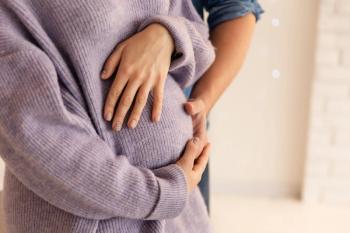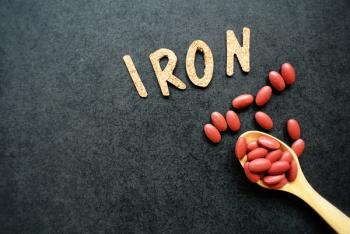
Legally Speaking: Malpractice suit revolves around damaged ureter
When a abdominal hysterectomy causes a nicked ureter, a flexible defense strategy proves effective.
THE FACTS
The patient, a 45-year-old G3, P1-0-2-1 with a long history of uterine fibroids, was admitted to the defendant hospital center under the care of the defendant obstetrician/gynecologist on April 26 for a total abdominal hysterectomy (TAH) with bilateral salpingo-oophorectomy (BSO). The patient had been treated on and off by the defendant ob/gyn for over 5 years for left-sided fibroids and had tried leuprolide, oral contraceptives, and medroxyprogesterone acetate (MPA) in an attempt to avoid surgery. On April 26, however, her growing fibroids, worsening menorrhagia, and dysmenorrhagia prompted her request for more definitive treatment.
THE HOSPITAL RECORDS INDICATE that the physician discussed the patient's options with her, including a supracervical hysterectomy with or without BSO, continued attempts with OCs, or Provera, versus TAH/BSO; the patient agreed to TAH/BSO with resulting surgical menopause. The ob/gyn also discussed potential adverse reactions to the procedure and overall risks and benefits of surgery, including bleeding, infection, surgical menopause, injury to her ureters due to anatomical proximity, bowel injury, dyspareunia secondary to change in vaginal shape and size, dryness, possible transfusions, and possible bladder/vault drop in the future. The records show the patient was aware of the procedure and accepted the risks and benefits.
"Anterior leaf of broad ligament incised along bladder reflection to midline on both sides-bladder gently dissected off lower uterine segment and conserved with a sponge stick. Posterior leaf of broad ligament incised and open. Ureters and their course identified. Infundibulopelvic ligaments doubly clamped with Kelly's, transected, and suture ligated with 0 Vicryl-same procedure done on both sides. Good hemostasis. The uterine arteries were skeletonized bilaterally and clamped with Heaney Clamps and suture ligated with 0 Vicryl. Hemostasis assured. Uterosacral ligaments clamped on both sides and transected and suture ligated in a similar fashion. Cervix and uterus amputated with mayo scissors."
On April 27, 1 day post-op, the patient's white blood cell count was elevated to 16.2 (Normal: 4-11) and at 4:35 PM, she spiked a temperature of 102.8° . The wound was examined and was clean and dry, with no redness or edema, and the patient did not complain about pain. On the second postoperative day, the patient's 5:00 AM temperature was 101.8° with a WBC of 16. She made no complaints and both blood and urine cultures were negative. A 3:30 PM nurse's note indicates the patient was to be discharged, with stable vital signs, the ability to walk, and no complaints of pain or distress. The defendant gyn documented the fact that although the patient's WBC was still 16, her temperature was down to 97.4° . She was discharged home with Augmentin to follow-up in his office in 2 weeks.
On May 4, the patient presented to a local hospital emergency room complaining that 2 days earlier, she began experiencing aching pain in her lower abdomen and back. The examining physician noted that she had been on acetaminophen with codeine for incisional pain, and docusate sodium (Colace); she had been constipated for 2 days with no vomiting. Her abdomen was soft and non-tender, with good bowel sounds noted on examination. Both flat and upright abdominal x-rays indicated that the patient was "full of stool." She was given magnesium citrate, fleet enemas, and lactulose and had a good bowel movement after the lactulose. She was discharged with a diagnosis of constipation and instructed to return to her primary-care physician.
Newsletter
Get the latest clinical updates, case studies, and expert commentary in obstetric and gynecologic care. Sign up now to stay informed.










